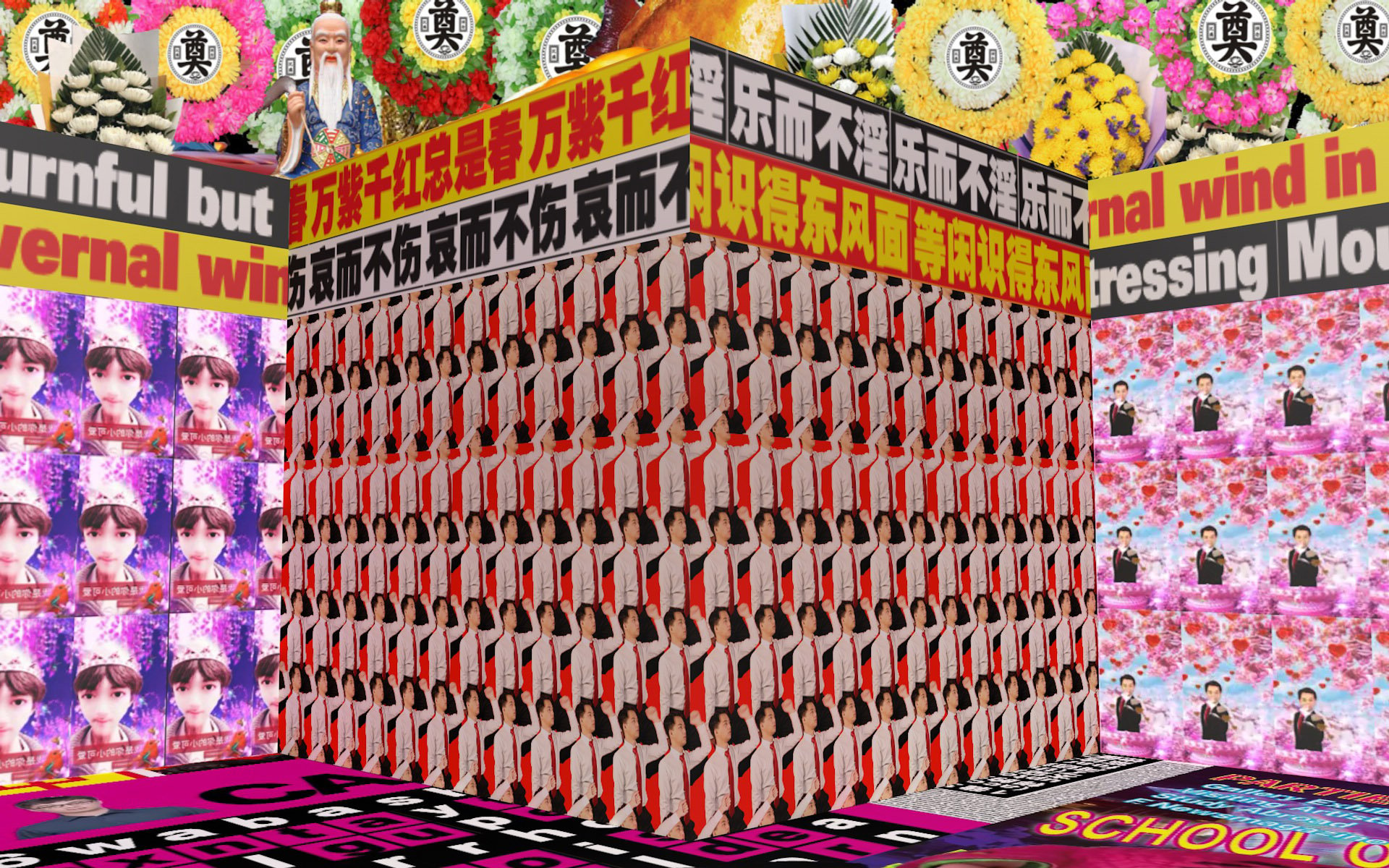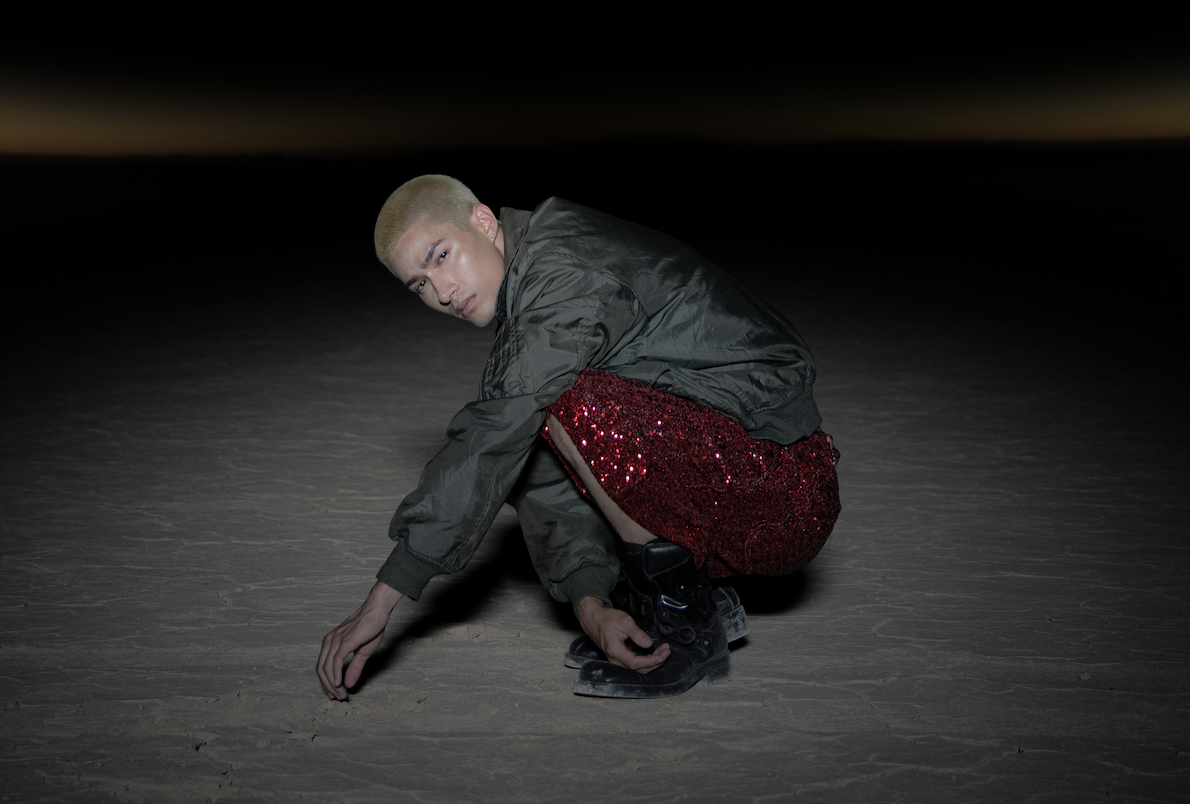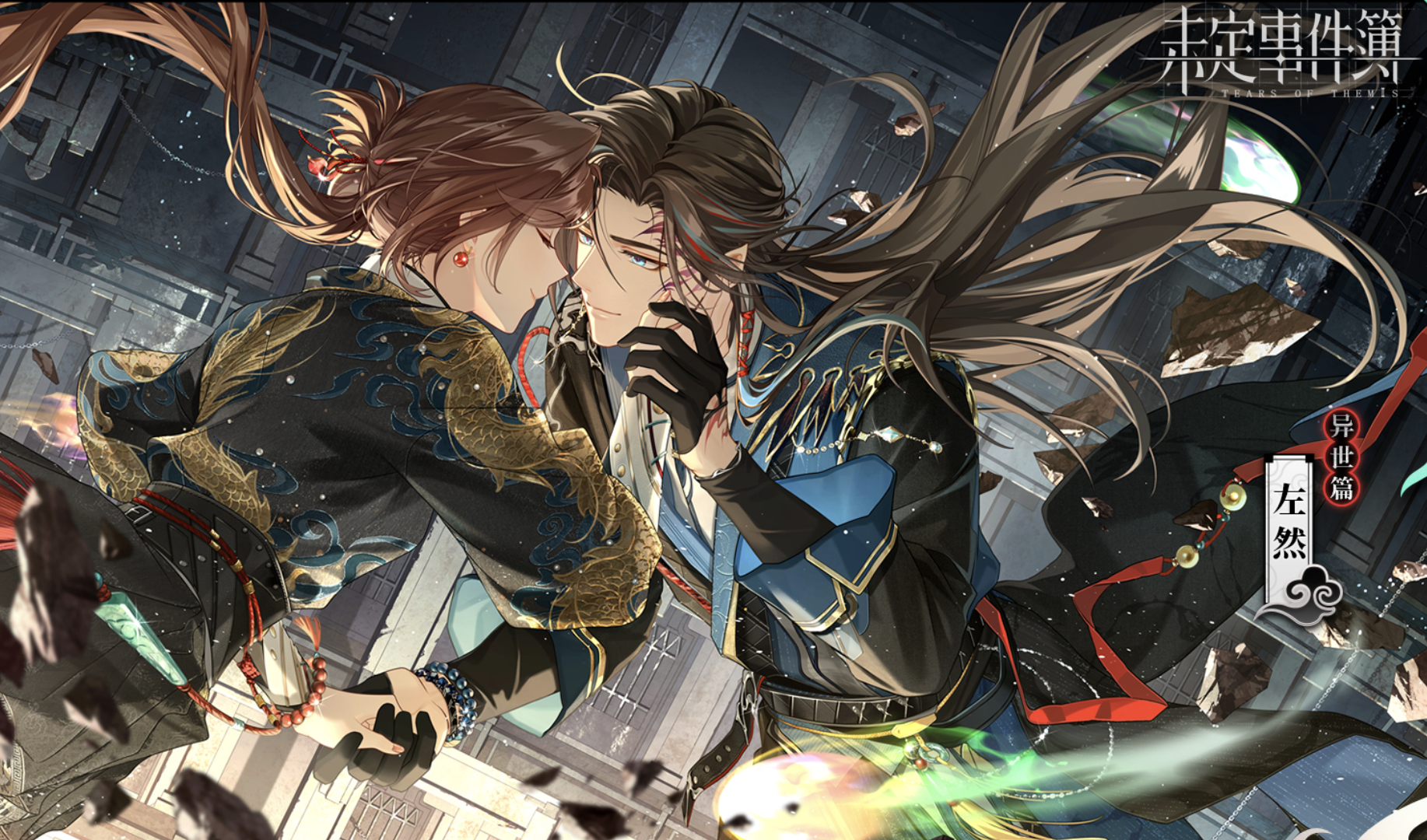Voices is a Radii series providing on-the-ground insights into contemporary Chinese culture from people at its front lines. Today we present some thoughts from Zhang Mei, founder of luxury travel company WildChina and author of the recently published book Travels Through Dali: with a leg of ham.
Zhang, a Harvard Business School graduate who left a job at consulting company McKinsey to start WildChina in 2000, talks about how she’s seen China’s physical and cultural landscape change over the last 17 years, how her clientele’s preconceived ideas about China have shifted over that time, and the shocking speed at which the country is developing and innovating today.
(The monologue below has been edited together from an interview with Zhang Mei conducted by Josh Feola at WildChina’s Beijing office.)

Starting from a Lost Horizon
Now, authenticity is an overused word. Back when WildChina started, no one was talking about authenticity.
I really wanted to build a company that showed the beauty of the China that I’ve experienced — not what a tourist experiences. Whenever you have a bus of 40, 50 people, the beauty of travel is gone. There are the iconic sites you want to see, but it’s also about experiencing the serendipity of chancing upon moments of authenticity.
I started with areas that literally had no service. For our very first trip, I took guests to Binzhongluo (滨中落), at the very end of the Salween River, before it goes into Tibetan mountains, beyond anybody’s reach. We put our boots on, got on horses and hiked over to the other side, to a small village by the Mekong River. That area is, to me, what Lost Horizon was writing about — the true Shangri-La. The community there are Tibetans, but Catholic Tibetans, and there are Muslims living there. In one day you hear Catholic singing in the church, you hear Muslim calls to prayer, and you see Tibetans spinning their prayer wheels, walking around the mountain. It’s this magic fusion of all religions, incredibly beautiful. That was the wild China I wanted people to see.


Churches in Baihanluo and Cizhong
China’s changing image
Our clientele hasn’t changed much in the 17 years WildChina has been operating. The clientele mix has changed, but I think the work of bridging cultural gaps goes on forever, and keeps repeating. The generation that was coming to China back then, 20 years ago, was in their 50s. The new group of people who were in their 30s back then, and are now coming here in their 50s, have the same misunderstandings about China. They come with preconceptions of what China is supposed to be like.
That image has expanded a bit, beyond red lanterns and terraced rice fields. Recent travelers have added a few more images — of dark chimneys, smoke stacks, crowded factories. The additional images are not necessarily pleasant. Still, people’s understanding about China is fairly limited to Beijing, Xi’an, and Shanghai. That reach, that breadth hasn’t changed a whole lot, but the images have expanded.
I’m always amazed that visitors are still very surprised by how crowded the country is. Most of our clients tell us they’re surprised by how developed the China is. A lot of people tell me, “Wow, we thought the air would be worse.” People are surprised to find it not as bad — Western press is only writing on bad air days.
For WildChina, our job continues to be the same: to expand your perception of China, expand your imagination of China. Most people think that a travel supplier should deliver your imagination. For example, you imagine Paris to have the Eiffel Tower, the Arc de Triomphe. I’m here to deliver people’s imaginations, but I’m also here to expand them. I want you to see the real China. That job hasn’t changed.

Zhang Mei on WildChina’s first trip
China’s changing landscape
The destinations we visit in China have changed a lot over the last 17 years. There are a few positive changes.
For one, transportation access is much, much easier. You can fly everywhere. You can take high-speed train everywhere. Incredible access.
Two, cell phone coverage is everywhere, which is good and bad. The good side is that it’s much safer, and social media sharing is much easier. The bad side: they scare away my birds! Sometimes we’ll organize birding trips for clients, in areas that had no electricity 20 years ago. All of a sudden the phones are ringing, and the birds are gone.
Three: hotels. The access is amazing. There are these beautiful, small homestays and small lodges available where there weren’t before. Hygiene standards, food, and the toilet situation have all improved by leaps and bounds. All these are positive.
There have also been negative developments — I guess it’s the negative side of positive development. There’s way too much money. There’s too much investment pouring into these areas, and way too many travelers. This is good for the local economy, but it creates a lot of threats, because the tide of investment and travelers is coming at a great speed, and we don’t quite have a proper development plan that balances conservation with development.
For the past ten years, I would say, development has overruled conservation, and that has caused certain damages that we might regret later on. There is a battle over how much “old” to keep. What is conservation? Does it mean I should rebuild something to look old? Or should I keep what is old and just fix what’s rotten, and make it safe and make it last?
This dialogue has been started in the town of Shaxi in Yunnan province. In my book I wrote about restoration work done there by [Swiss architect] Jacques Feiner, who started this dialogue. But not every area has benefitted from this approach. And others may not look on Shaxi as a successful example, because they want to boost the number of visitors.

Shaxi (photo by Elizabeth Phung)
China’s gaining speed
When a non-Chinese person comes here, they probably don’t quite feel the speed difference. China is on a different gear. These days, I spend part of my time in Berkeley, and part of my time in Beijing. In Beijing, I’m spinning ten times faster than I do in Berkeley.
The amount of people you see, the amount of things that are going on — everyone’s doing something. My time is divided into half-hour slots, moving in a gazillion different directions, and whatever ideas you come up with, three days later you can see it turning into action. In Berkeley, I wanted to have my kitchen countertop done. It took me a month to schedule someone to come and measure it. After measuring, it took them another month to manufacture it, and another to come in and install it. That’d be three days max in China.
People move much, much faster here. I was having dinner last night with a friend who spent three years in Washington D.C., who just came back — he’s from Beijing — to work here full time. I asked, “Why did you leave the US after three years? Are you tired of it? Are you feeling bored?” And he said, “No, it’s not that I felt bored. I felt forgotten by the entire world. I felt left behind.”
So that’s probably the biggest surprise for people. The buzz. The speed of the engine spinning.
All photos courtesy WildChina; cover photo by Elizabeth Phung
















